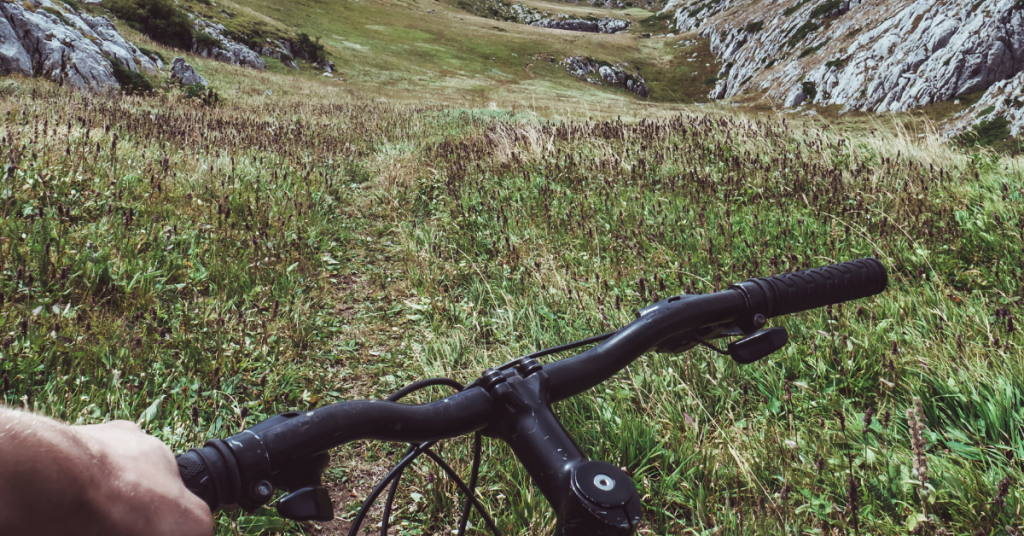Strength training has proven to benefit endurance athletes. It improves both aerobic endurance and performance for endurance athletes.1 It also helps improve maximal strength, force production, neuromuscular function 2, increase lactate threshold 3, correct dysfunctional movement 4, strengthens connective tissue around the major joints, keeps form and posture strong 4, and increases speed. 5
To prevent losses gained throughout the year, keep one resistance training session per week. The key is to work at a high intensity during the session while still allowing enough rest before and after your key discipline specific workouts .
Keep the exercise focus on hip, knee, back and shoulder musculature.
What Type of Strength Training Should Athletes Do?
The proper approach to strength training for endurance athletes includes 3-6 repetitions of explosive movements for 2-3 sets with two minutes rest between the same exercise. This approach focuses on neural adaptations and strength gains instead of muscle hypertrophy. 6, 7, 8
THE WORKOUT
WARM UP:
Cardio Level/Zone 1 (3-10min); the older we get the longer the warm up needs to be.
Dynamic Stretches (Pick 3 and perform 3 rounds of 10 reps):
• Groiners with twist (hips and thoracic spine openers)
• Dislocates or Wall Wings or Snow Angels on Foam Roll (shoulder and scapular mobility)
• Eagles (hip, spine and shoulder mobility)
• Hurdle Walks (Hip, knee and ankle mobility; compliments balance)
• Leg Swings (Hip mobility)
• Foam Roll (IT band, back, hips, quads, hams, calves, glutes, lats – pick what is tight/weak/dysfunctional)
• 3-D Calf/Hamstrings/Hip Flexors
• Active Isolated (AI) Hamstring Stretch (bent/straight knee)
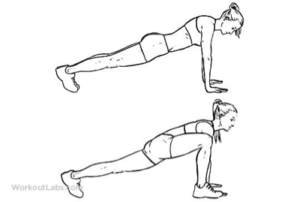
GROINERS 9
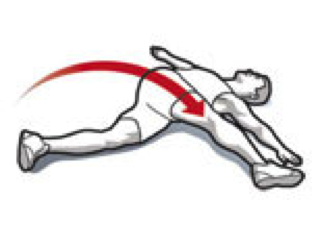
EAGLES 10
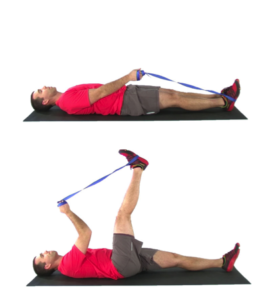
ACTIVE ISOLATED HAMSTRING STRETCH 11
STRENGTH EXERCISES:
FOUNDATIONAL EXERCISES (Pick 2-3):
These are the key exercises to include. It is recommended to work with a strength and conditioning coach who can watch your form.
• Hip Thrusters
• Squats or Leg Press (single)
• Deads (Romanian/Semi-Straight or Full)
• Single Leg Exercise (press, squat, deads, lunges)
• Cleans (Explosive)
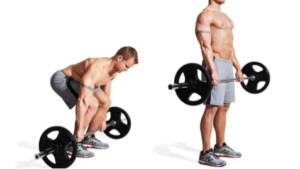
DEADLIFT 12
BACK EXERCISES (Pick 1-2):
These muscles tend to be underdeveloped. Strengthening can improve posture in cycling and running and specific strength for swimming.
• One Arm Row
• Standing Bent Over Row
• Straight Arm Pull Down
• Lat Pull Down
• Pull Ups
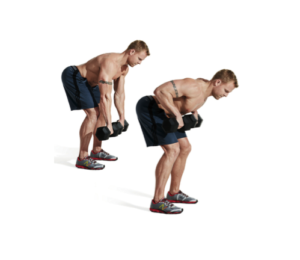
BENT OVER ROWS 13
CHEST EXERCISES (Pick 1-2):
We tend to use this muscle group regularly and develop tightness here, but these muscles can also be weak. The dynamic stretches before the workout address opening these areas up so you can also focus on strengthening.
• Bench Press
• Push Ups
• Dumbbell Press
• Overhead Press
• Push Press (Explosive)
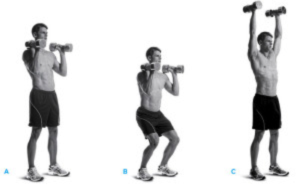
PUSH PRESS 14
SUPPLEMENTAL EXERCISES (Optional; pick 1-2):
This group focuses on isolating areas more (usually single joint movements) that can improve your postural muscles, balance opposing muscles that are both overused and underused, and improve the functionality of key joints (ie: knees, shoulders, etc.).
• Rear Delt pull/raise
• Hamstrings curls
• Quads/ Leg extensions
• Calf raises
• Hip Flexion
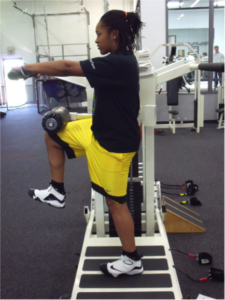
HIP FLEXION 15
CORE SUPPLEMENT (Pick 1-2):
While you’ve already engaged your core in the primary exercises above, a continual focus on dedicated core strength is always a good idea, as it helps support your frame during running, cycling and swimming.
• Meb’s Abs (nicknamed for the great Meb Keflezighi)
• Planks (front, side and back)
• Single Leg Bridges
• Back Extensions
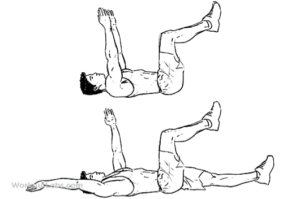
MEB’S ABS 16
If you haven’t been strength training, and you’re in the midst of your race season, work on progressing into it. Start with one multi-joint movement (1st set of exercises) and one core exercise. Then next week, add one more exercise from the 1st set and a back exercise. The most important component is to build up to your full potential. Each set once performed with proper form should be done to your max effort while maintaining the ability to complete all of the sets. When you get to the last repetition of the set, you should not be able to do any more.
Strength training not only pays off in your focus on endurance training, but ultimately on race day as well.
Visit Alana’s coaching page to learn more about her coaching expertise or to contact her.
REFERENCES:
(1) Crockford, Jacquiline, Resistance Training for Endurance Athletes, American Council on Exercise (May 2015)
(2) Aagaard and Andersen, Scandinavian Journal of Medicine and Science (2010)
(3) Laursen, Chiswell and Callaghan Literature review (2005)
(4) American Council on Exercise (2014)
(5) Mikkola and Colleagues (2007)
(6) Deane RS, Chow JW, Tillman MD, Fournier KA, Effects of hip flexor training on sprint, shuttle run, and vertical jump performance, Journal of Strength and Conditioning Research, (2005 Aug;19(3):615-21.)
(7) National Center for biotechnology Information (NCBI), US National Library of Medicine, The effect of training volume and intensity on improvements in muscular strength and size in resistance-trained men, August (2015) 3(8): e12472.
(8) Training Volume, Not Frequency, Indicative of Maximal Strength Adaptations to Resistance Training
JOURNAL OF STRENGTH AND CONDITIONING RESEARCH (May 2018)
IMAGES:
(9) Workout Labs
(10) Ultimate Body Press
(11) My Rehab Connection, Dr. Jason Gray
(12) Men’s Journal
(13) Muscle & Fitness
(14) Perfect Manifesto
(15) Sportsscience.co: Hip Flexor Exercise For Sprint Speed, Daniel Brady, 7/8/13
(16) Workout Labs


